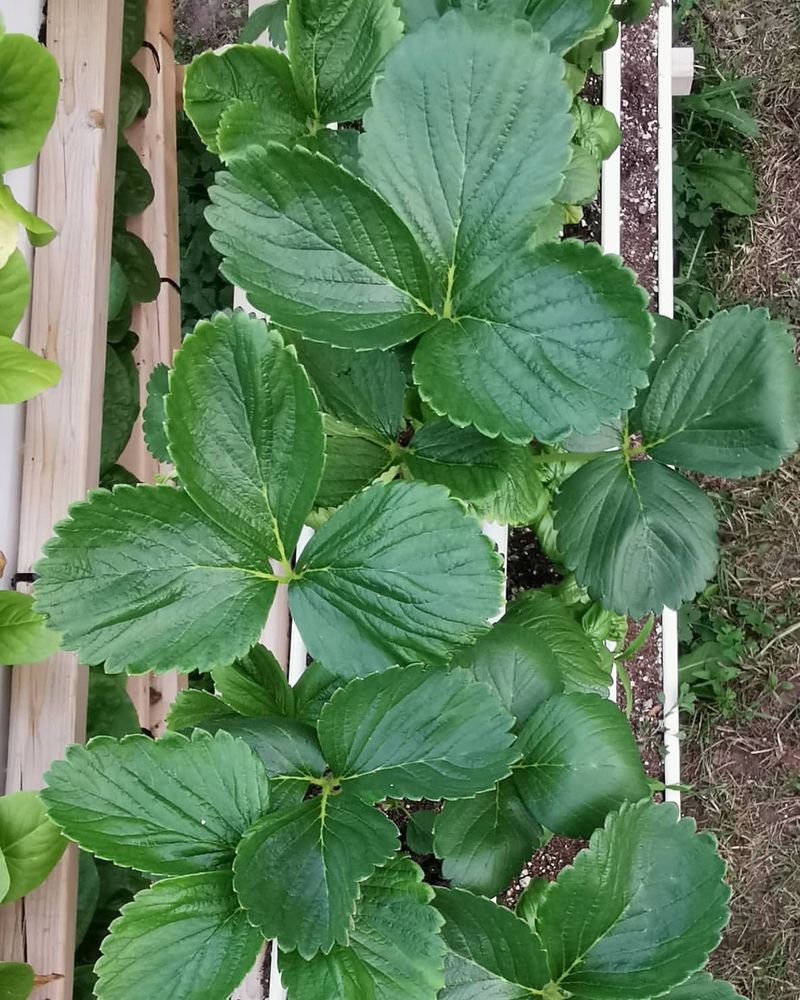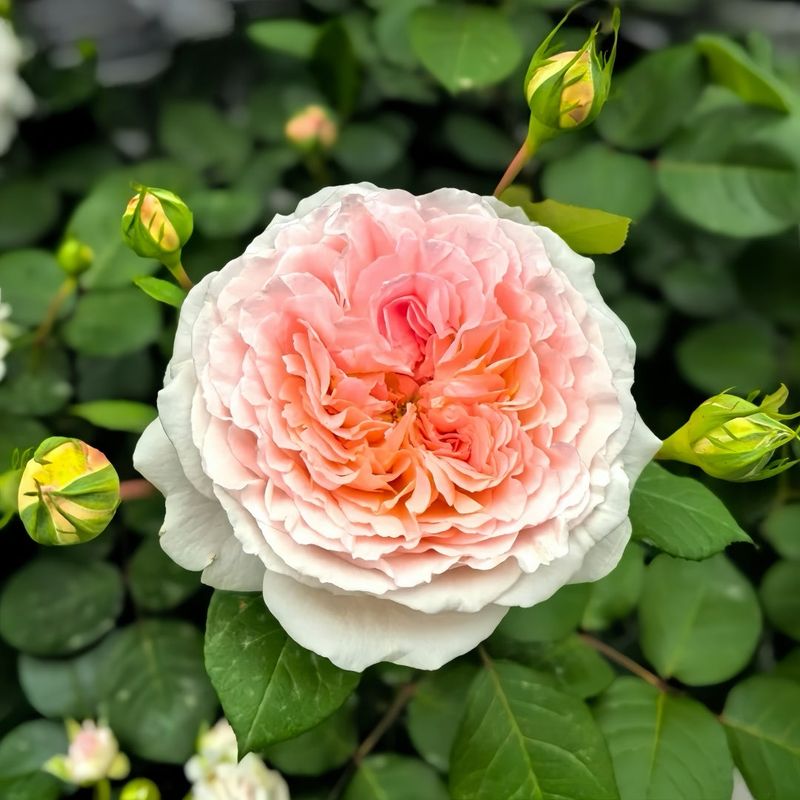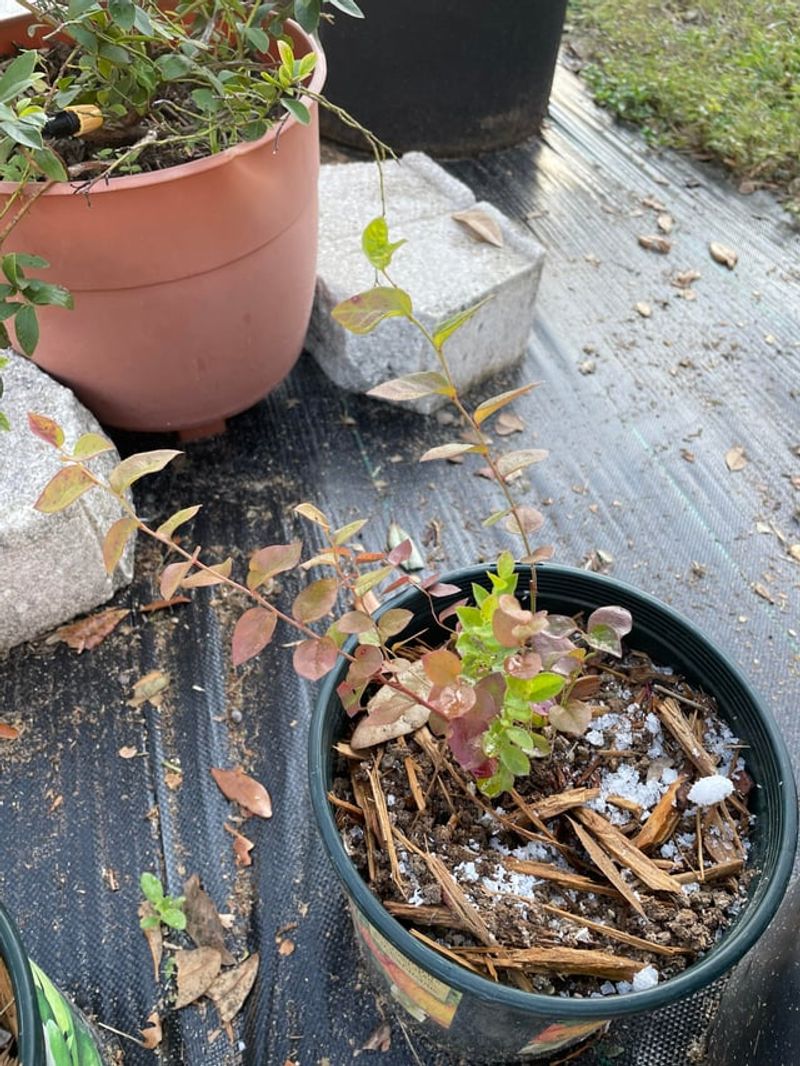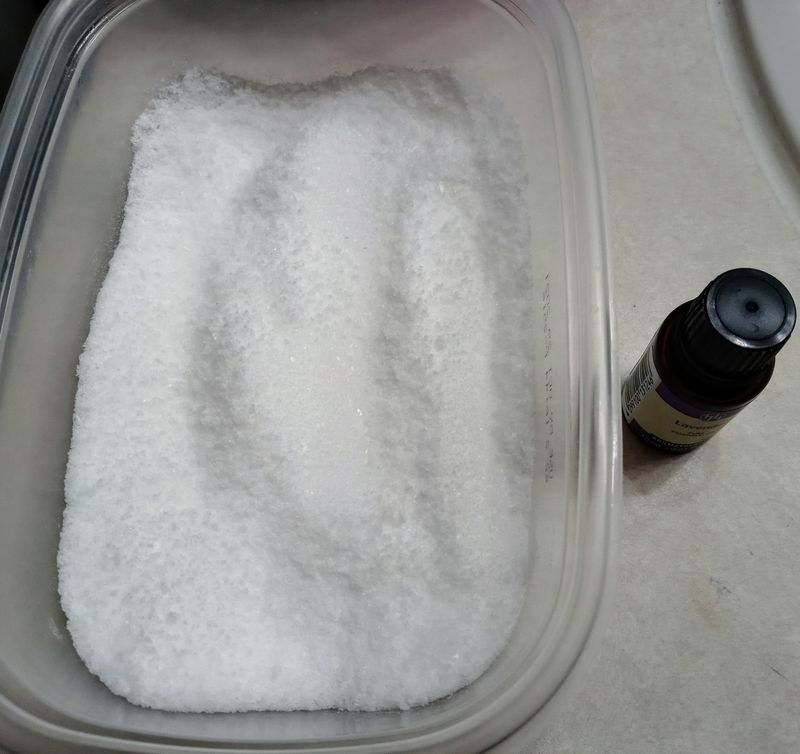Tennessee gardeners have discovered a simple secret weapon hiding in their bathroom cabinets: Epsom salt. This affordable mineral compound transforms ordinary gardens into vibrant displays of color and health.
If you grow roses, tomatoes, or peppers, understanding how Epsom salt works can help your plants reach their full potential and produce blooms that make neighbors curious about your green thumb.
1. Magnesium Powers Chlorophyll Production
Plants need magnesium to create chlorophyll, the green pigment that captures sunlight for energy. Without enough magnesium, leaves turn yellow and growth slows dramatically.
Epsom salt contains magnesium sulfate, which dissolves easily in water and gets absorbed quickly by roots. Tennessee soils sometimes lack this essential nutrient, especially in areas with heavy rainfall that washes minerals away.
Adding Epsom salt replenishes what nature removes, keeping foliage deep green and photosynthesis running at peak efficiency for healthier, more vigorous plants.
2. Sulfur Enhances Nutrient Absorption
The sulfur component in Epsom salt plays a supporting role that many gardeners overlook. Sulfur helps plants absorb nitrogen, phosphorus, and potassium more effectively from soil and fertilizers.
Think of sulfur as a key that unlocks nutrients already present in your garden beds. Plants can struggle to use available food without adequate sulfur levels, leading to disappointing results despite regular feeding.
When you apply Epsom salt, you boost both magnesium and sulfur simultaneously, creating ideal conditions for nutrient uptake and stronger growth throughout the season.
3. Roses Respond With Explosive Blooms
Rose enthusiasts across Tennessee swear by monthly Epsom salt treatments for show-stopping flowers. Magnesium deficiency causes roses to produce fewer buds and smaller, paler blooms that lack the wow factor.
Mix one tablespoon of Epsom salt per gallon of water and apply it around the base of established rose bushes. Many gardeners report noticeably larger flowers with more intense colors within just a few weeks of starting this routine.
The mineral boost encourages cane growth too, giving you more stems covered in gorgeous blooms throughout spring and summer.
4. Tomatoes and Peppers Produce Heavier Yields
Vegetable gardeners notice dramatic improvements when treating tomatoes and peppers with Epsom salt. Both crops are heavy magnesium feeders, and deficiency symptoms include yellow leaves with green veins and reduced fruit set.
Apply one tablespoon per foot of plant height every two weeks during the growing season. The extra magnesium supports flower development, which directly translates to more fruits forming and reaching maturity.
Many Tennessee gardeners credit Epsom salt with transforming mediocre harvests into abundant crops that keep their kitchens stocked all summer long with fresh produce.
5. Application Methods Fit Every Schedule
Busy gardeners appreciate the flexibility Epsom salt offers for application. Dissolve it in water for immediate feeding through root drench or foliar spray methods that work fast when plants show deficiency signs.
Alternatively, sprinkle dry crystals around plant bases and water them in for slow-release feeding. Some folks add Epsom salt directly to planting holes when transplanting seedlings, giving young plants a magnesium boost from day one.
Choose whatever method fits your routine best, knowing all approaches deliver the minerals your garden needs for spectacular results.
6. Budget-Friendly Alternative To Expensive Products
A four-pound bag of Epsom salt costs just a few dollars and lasts an entire growing season for most home gardens. Compare that to specialty fertilizers and bloom boosters that promise similar results but drain your wallet quickly.
Tennessee gardeners on tight budgets appreciate getting professional-quality results without the premium price tag. The pure mineral content means no fillers or unnecessary additives, just straightforward nutrition plants actually use.
Smart gardeners save money while achieving gorgeous blooms, proving expensive products are not always necessary for gardening success.







